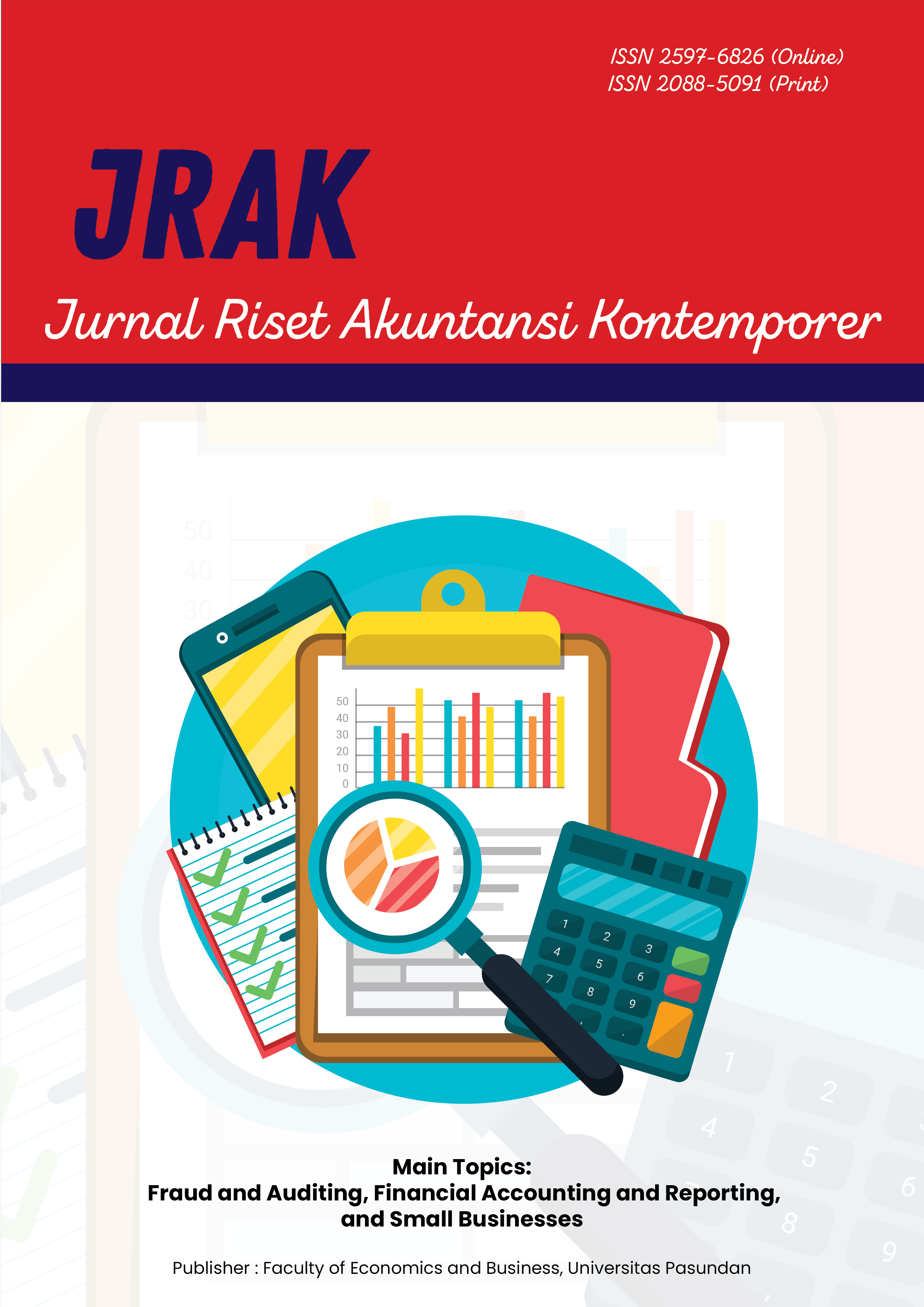ACCRUAL EARNINGS MANAGEMENT, REAL EARNINGS MANAGEMENT, AND COST OF DEBT: DOES CAPITAL STRUCTURE MATTER?
DOI:
https://doi.org/10.23969/jrak.v16i1.11734Keywords:
cost of debt, discretionary accruals, earnings quality, leverage, real activityAbstract
This study looks at how accrual and real earnings management affect the cost of debt. This study also considers capital structure as a moderating variable. This quantitative study draws on data from the financial statements of manufacturing businesses listed on the IDX from 2016 to 2020. The research data was gathered from www.idnfinancial.com. Purposive sampling is employed in this study, with a sample size of 565 observations. Multiple linear regression analysis was employed to evaluate hypotheses with panel data. According to this study, accrual earnings management is unrelated to the cost of debt. Meanwhile, real earnings management correlates favorably with the cost of debt. The moderating influence of capital structure is often missing or minor in the link between real earnings management and the cost of debt. This research enriches the knowledge discussing the hazards of earnings management performed by managers in organizations with specific debt levels.

















